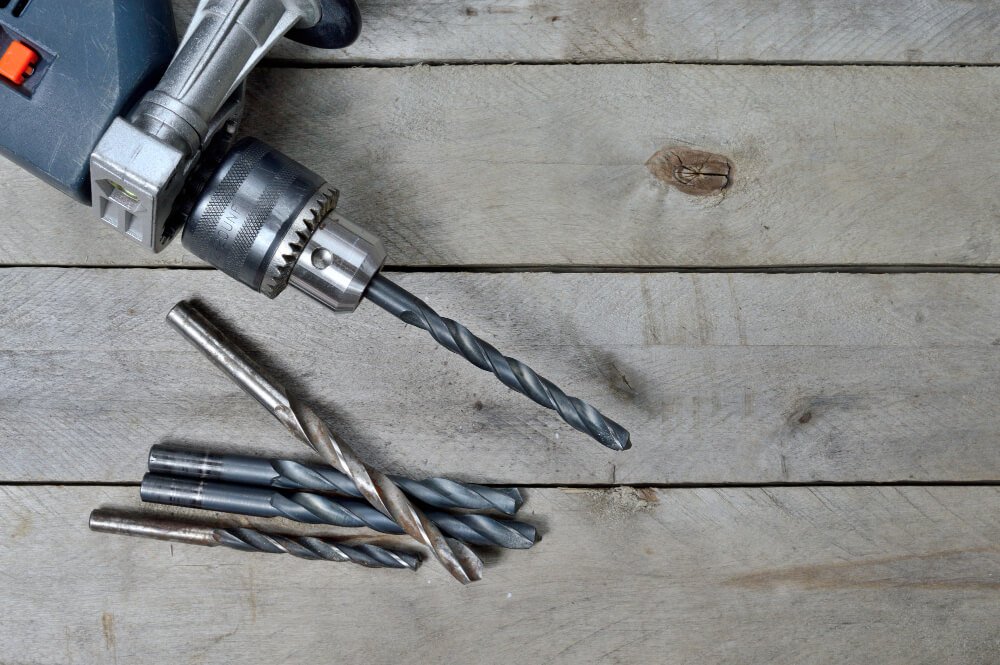Maintaining your drill is crucial for ensuring its longevity and optimal performance. Regular inspection and timely replacement of key parts can prevent unexpected breakdowns and improve the efficiency of your drilling tasks. This guide covers the essential parts for drill maintenance, helping you keep your equipment in top shape.
1. Understanding Your Drill: A Brief Overview
Before diving into maintenance, it’s important to have a basic understanding of your drill’s components. Most drills consist of several critical parts including the motor, chuck, gears, and brushes. Familiarizing yourself with these parts will make it easier to identify potential issues and perform necessary replacements.
2. The Motor: Inspecting and Maintaining
The motor is the heart of your drill, providing the power needed for drilling. Regularly check for any signs of wear or damage. Over time, motor components can accumulate dust and debris, affecting performance. Ensure the motor is clean and free from obstructions. If you notice a decline in power or unusual noises, it may be time to replace motor brushes or other internal parts.
3. Chuck: Keeping It Secure and Functional
The chuck is the part that holds the drill bit in place. Inspect the chuck regularly for signs of damage or wear. A loose or damaged chuck can affect drilling accuracy and efficiency. Ensure the chuck is clean and properly tightened. If you experience difficulty in holding or changing bits, consider replacing the chuck or its components.
4. Gears: Ensuring Smooth Operation
Gears are responsible for transferring power from the motor to the drill bit. Over time, gears can become worn or damaged, leading to reduced performance. Regularly inspect the gears for signs of wear such as grinding noises or difficulty in changing speeds. If necessary, replace worn gears to maintain smooth operation.
5. Brushes: Essential for Motor Efficiency
Carbon brushes in the motor are crucial for maintaining electrical contact and ensuring efficient operation. Over time, brushes can wear down and affect motor performance. Check the brushes periodically and replace them if they are worn or damaged. Proper brush maintenance can prevent motor failure and extend the life of your drill.
6. Battery and Power Supply: Ensuring Reliable Operation
For cordless drills, the battery is a critical component. Regularly inspect the battery for signs of wear or damage. Ensure the battery terminals are clean and free from corrosion. If the battery is not holding a charge or showing reduced performance, it may be time to replace it. For corded drills, inspect the power cord for any fraying or damage that could affect safety and performance.
7. Cleaning and Lubrication: Best Practices
Regular cleaning and lubrication are essential for maintaining the overall health of your drill. Remove dust, debris, and residue from all parts to prevent buildup that could cause damage. Apply appropriate lubricants to moving parts to ensure smooth operation. Follow the manufacturer’s recommendations for cleaning and lubrication intervals.
8. Common Signs That Parts Need Replacement
Being able to identify common signs of wear can help you address issues before they become serious problems. Look out for signs such as unusual noises, reduced power, difficulty in handling or changing bits, and overheating. Addressing these issues promptly can prevent further damage and ensure your drill continues to perform effectively.
9. When to Seek Professional Help
While many maintenance tasks can be performed by yourself, some issues may require professional assistance. If you encounter complex problems or are unsure about replacing certain parts, consult a professional technician. They can provide expert advice and ensure that your drill is repaired correctly.
10. Conclusion: Keeping Your Drill in Top Shape
Maintaining your drill through regular inspection and replacement of key parts is essential for ensuring its longevity and performance. By understanding and caring for essential components such as the motor, chuck, gears, and brushes, you can prevent breakdowns and extend the life of your drill. Regular maintenance will help you achieve optimal results in your drilling tasks and keep your equipment running smoothly.




